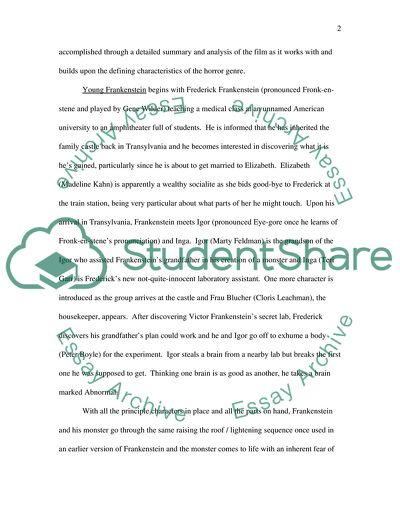Cite this document
(Review of the Film Movie Example | Topics and Well Written Essays - 2000 words - 1, n.d.)
Review of the Film Movie Example | Topics and Well Written Essays - 2000 words - 1. https://studentshare.org/culture/1723059-art-of-cinema
Review of the Film Movie Example | Topics and Well Written Essays - 2000 words - 1. https://studentshare.org/culture/1723059-art-of-cinema
(Review of the Film Movie Example | Topics and Well Written Essays - 2000 Words - 1)
Review of the Film Movie Example | Topics and Well Written Essays - 2000 Words - 1. https://studentshare.org/culture/1723059-art-of-cinema.
Review of the Film Movie Example | Topics and Well Written Essays - 2000 Words - 1. https://studentshare.org/culture/1723059-art-of-cinema.
“Review of the Film Movie Example | Topics and Well Written Essays - 2000 Words - 1”. https://studentshare.org/culture/1723059-art-of-cinema.


